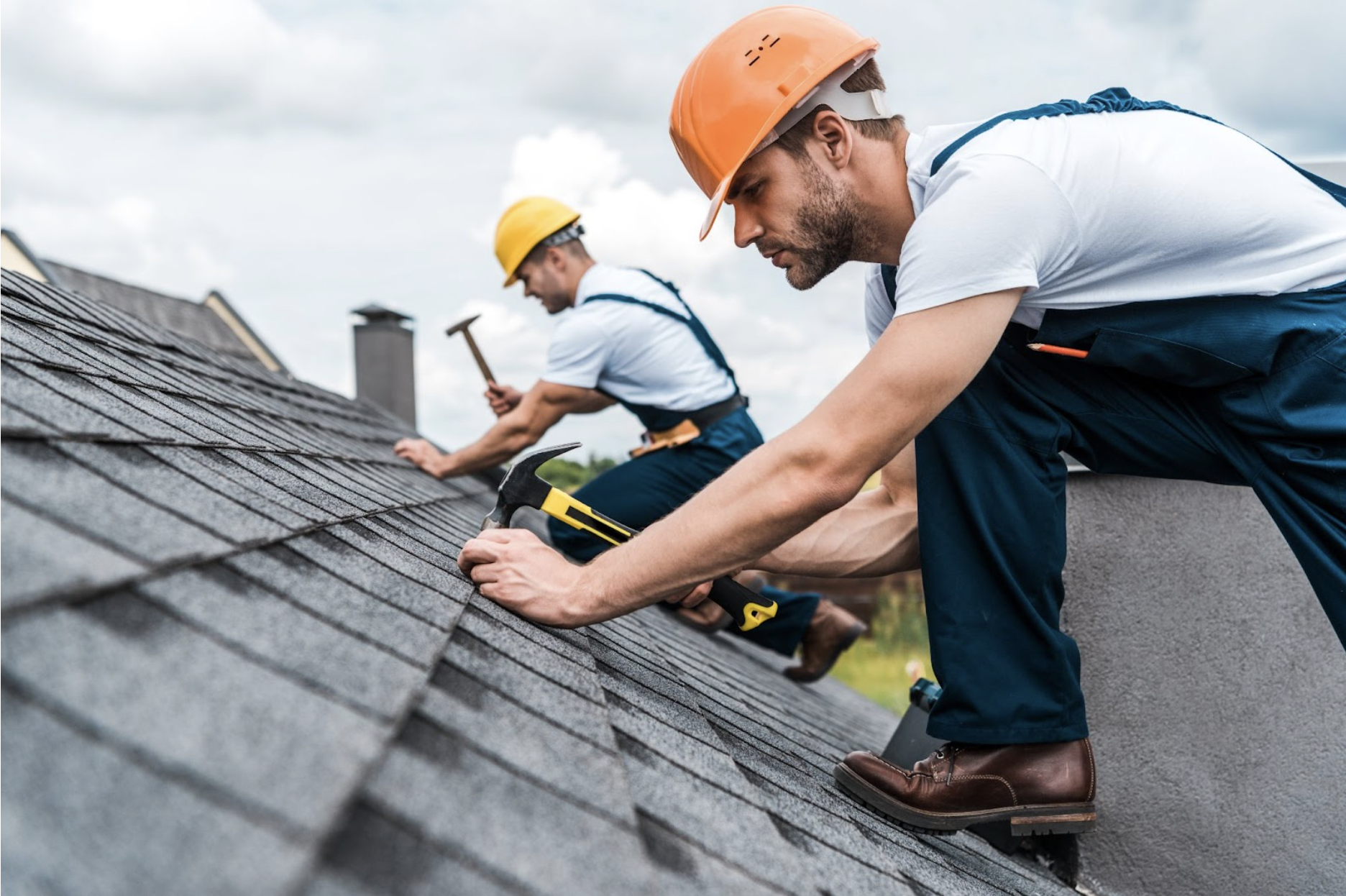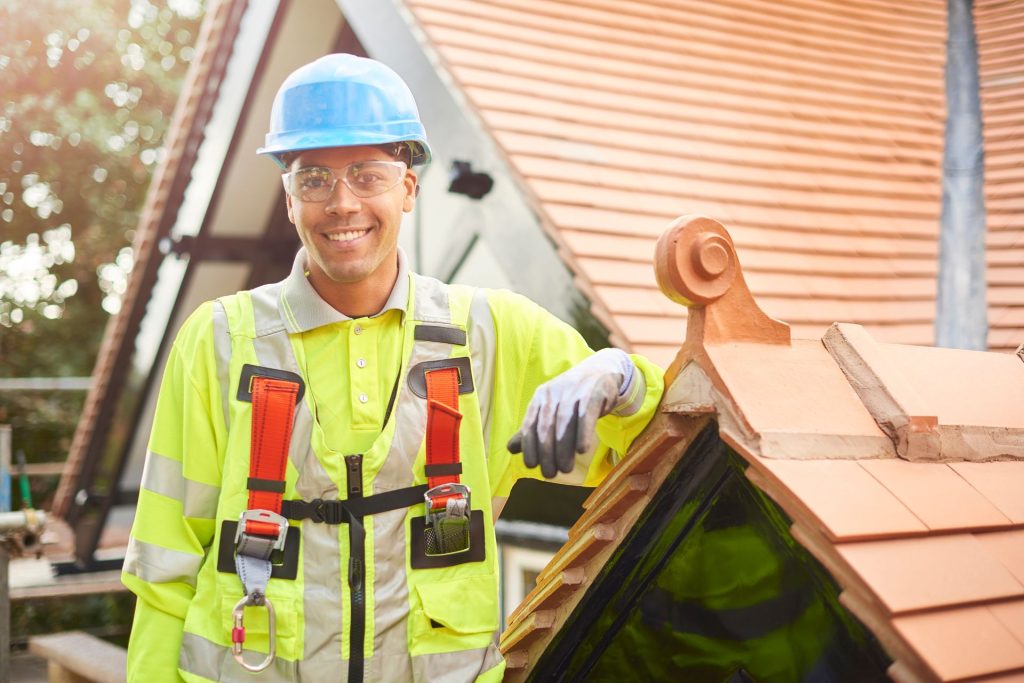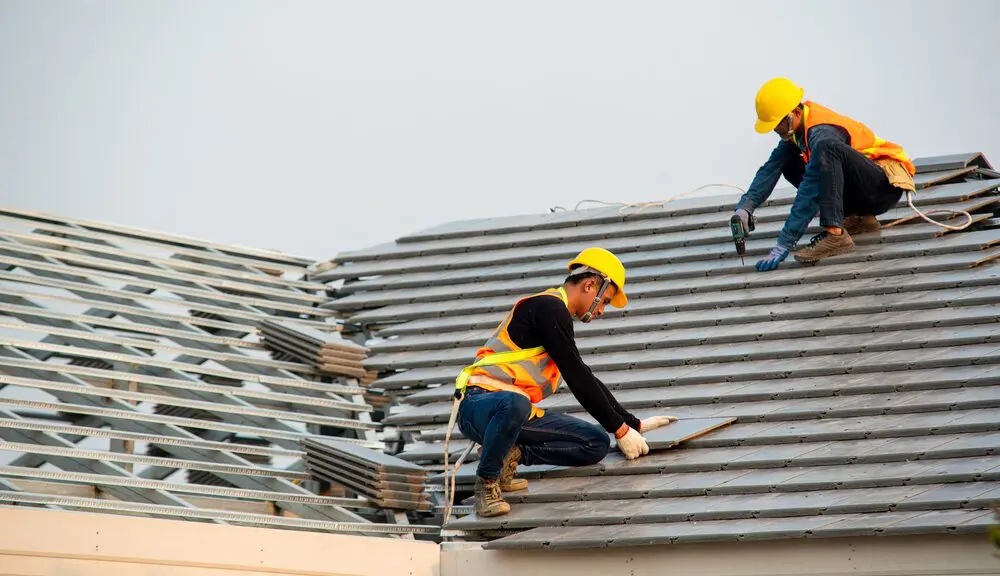Ultimate Checklist for Evaluating the Condition of Your Roofing System and Identifying Prospective Problems
Checking the problem of your roof is a sensible technique for any kind of homeowner wanting to protect their building financial investment (Keep Dry Roofing LLC). Normal analyses can disclose prospective problems before they escalate into costly repairs or replacements. By adhering to a thorough list customized to examine the numerous elements of your roofing system, you can acquire important insights right into its present state and preempt any kind of approaching issues. This proactive approach not just makes sure the durability of your roof but additionally adds to maintaining the architectural stability of your home.

Roofing Evaluation Devices
These tools aid in identifying prospective issues, analyzing the general problem of the roof covering, and figuring out the required upkeep or repair work required. One of the main devices utilized in roof examinations is a wetness meter, which aids identify locations of trapped dampness within the roofing layers that might indicate leakages or water damage.

Moreover, an electronic camera or smartphone is necessary for documenting the examination procedure, capturing pictures of any type of damages or locations of problem for additional evaluation. Various other devices such as field glasses, roof covering probes, and safety equipment like harnesses and ladders are important for a secure and extensive roofing inspection. By utilizing these tools effectively, assessors can carry out extensive evaluations, identify problems without delay, and advise appropriate remedies to keep the roof covering's stability.
Exterior Roofing System Examination
To extensively analyze the problem of a roof, an outside roofing assessment is vital to check the surface for indications of wear, damage, or potential concerns. Throughout an exterior roof analysis, it is critical to start by taking a look at the roof shingles or roofing product. Try to find any type of missing, fractured, or curled roof shingles as they can indicate water infiltration and prospective leakages. Examine for moss or algae growth, which can catch wetness and create wear and tear over time. Additionally, evaluate the blinking around smokeshafts, skylights, and vents to ensure they are safe and secure and in great condition to avoid water infiltration.

Examine the overall cleanliness of the roof covering, as particles accumulation can retain wetness and accelerate roofing damage. By performing a detailed outside roof covering examination, house owners can determine and resolve possible problems before they rise into costly Discover More repair services.
Interior Ceiling Analysis
Upon entering the indoor space, an extensive analysis of the ceiling is critical to determine any type of signs of water damage, leakages, or structural problems. Start by aesthetically checking the ceiling for any type of discoloration, drooping, or peeling paint, as these could indicate water seepage from the roof covering. Any moldy smells or moisture in the air should likewise elevate issues about possible roofing problems.
Attic Assessment
A thorough evaluation of the attic is vital in assessing the general condition and performance of the roofing system. The attic works as a critical part of the roof, giving insights into prospective problems that might not show up from the exterior or interior of your house. Throughout the attic room examination, it is crucial to check for indicators of water damage, such as water spots, mold development, or rotting timber, which might show a Web Site leakage in the roof. Furthermore, check the insulation for any kind of signs of wear and tear or compression, as correct insulation is critical for preserving power performance and stopping ice dams. Look for adequate air flow to make sure that excess warm and moisture are being effectively aerated out of the attic room to avoid moisture-related issues. Ultimately, examine the attic room structure for any type of signs of drooping or damages, as these problems might jeopardize the honesty of the whole roof. On a regular basis assessing the attic can help identify prospective roofing issues early, enabling timely repair work and maintenance to extend the life expectancy of the roofing.
Resolving Usual Roof Issues
One of the most frequent issues property owners deal with is a dripping roofing, often caused by damaged or missing roof shingles, incorrect setup, or worn-out blinking. An additional typical issue is roofing air flow concerns, which can lead to excess warmth and dampness accumulation in the attic room, triggering premature wear and tear of the roof products. In addition, the buildup of particles such as leaves, branches, or snow on the roofing system can block drainage systems and lead to water merging, which might ultimately trigger roof leakages or architectural damages.
Final Thought
Finally, an extensive assessment of your roofing see post system is important to identify potential issues and ensure the total problem of your roofing system. By using the appropriate devices and carrying out attic room, interior, and outside evaluations, usual roof covering issues can be addressed promptly. Normal maintenance and prompt repair services can help protect against considerable damage and lengthen the lifespan of your roof covering.
One of the main devices utilized in roof covering assessments is a moisture meter, which assists identify locations of trapped dampness within the roof layers that can indicate leakages or water damage. Other devices such as binoculars, roofing system probes, and safety and security devices like ladders and harnesses are important for a comprehensive and risk-free roofing inspection.To thoroughly evaluate the condition of a roof covering system, an exterior roofing evaluation is vital to evaluate the surface for signs of wear, damages, or prospective concerns. Assess the general sanitation of the roof covering, as debris buildup can maintain dampness and increase roof degeneration. Keep Dry Roofing LLC. In addition, the accumulation of debris such as leaves, branches, or snow on the roofing system can block drain systems and lead to water merging, which might at some point cause roof leaks or structural damage